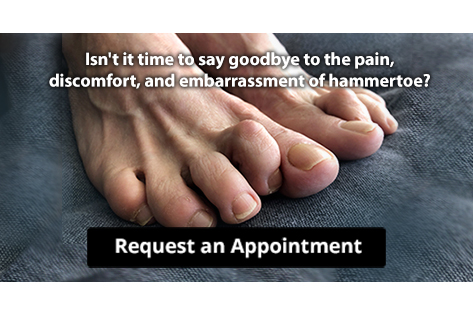 Blisters are small, fluid-filled bumps that typically develop on the feet due to friction. They usually heal on their own given time. It is best not to pop a blister, as the fluid inside protects the raw skin underneath the blister from the environment. If you find yourself with a foot blister that is likely to burst on its own, it is recommended that you cover it with a bandage or soft dressing to protect it. If your blister has burst, wash your hands before touching the area and allow the blister to fully drain before covering it with a bandage. If you have a foot blister that is showing signs of infection, such as redness, warmth, pain, swelling, or the appearance of pus, it is strongly suggested that you seek treatment from a chiropodist.
Blisters are small, fluid-filled bumps that typically develop on the feet due to friction. They usually heal on their own given time. It is best not to pop a blister, as the fluid inside protects the raw skin underneath the blister from the environment. If you find yourself with a foot blister that is likely to burst on its own, it is recommended that you cover it with a bandage or soft dressing to protect it. If your blister has burst, wash your hands before touching the area and allow the blister to fully drain before covering it with a bandage. If you have a foot blister that is showing signs of infection, such as redness, warmth, pain, swelling, or the appearance of pus, it is strongly suggested that you seek treatment from a chiropodist.
Blisters can usually be treated at home, however, if you have recurring blisters or experience significant discomfort or pain, please consult with one of the specialists from Thornhill Foot Clinic. Our chiropodists will assess your condition and provide you with quality foot and ankle treatment.
What Is a Blister?
A blister is a small pocket of fluid in the upper skin layers and is one of the body’s natural responses to injury or pressure. Blisters can also result from burns, fungal or viral skin infections, and the feet are particularly prone due to ill-fitting footwear and friction. Friction on the skin causes the upper layer of skin to separate from the lower layers. The space that this separation creates then becomes filled with a liquid called serum, which protects the lower layers of skin.
Treatment
If you notice a blister on your foot, you can cover it with a soft bandage or dressing to protect it. Popping the blister is discouraged. Doing so exposes the raw skin underneath it to bacteria and also raises the risk of infection. If a blister pops naturally, let it drain before covering it with a bandage. Blisters usually heal on their own or with home treatment, however, if your blister is recurring, very painful, or appears infected, it is recommended that you see a chiropodist for treatment.
Prevention
You can help to prevent blisters by wearing comfortable, well-fitted shoes. Keep your feet dry by wearing moisture-wicking socks and dust your feet with talcum powder if they tend to get sweaty. If you have areas on your feet that are more susceptible to blisters, you might be able to prevent the blister from forming by covering it with a pad.
If you have any questions, please feel free to contact our office located in . We offer the newest diagnostic and treatment technologies for all your foot care needs.
 Caring for our feet
Caring for our feet


 Peripheral artery disease
Peripheral artery disease